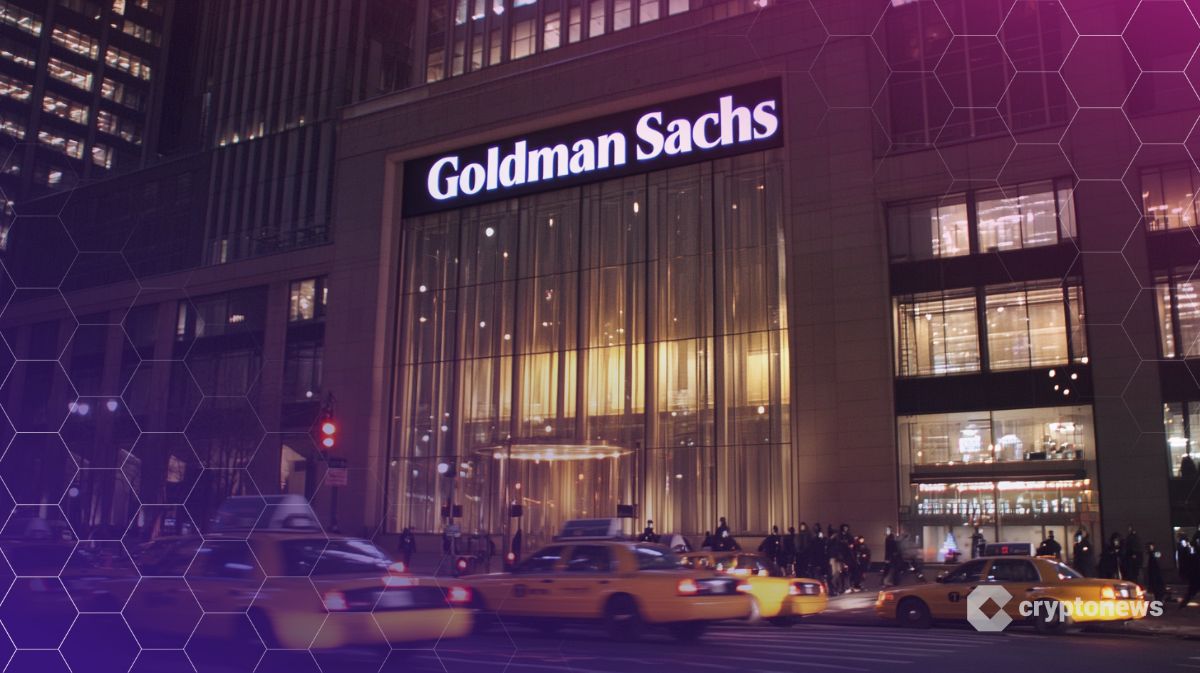Nasdaq climbs as stocks pop after CPI data
U.S. stocks were mostly in the green as risk-on sentiment improves amid Nvidia related news, with Nasdaq gaining.
While tariffs and trade war constraints remain, a shift in investor sentiment saw major U.S. indices open higher on Tuesday but the Dow Jones Industrial Average turned into the red, down 0.3%, while the S&P 500 added 0.21% and the Nasdaq outperformed with a 0.65% move higher.
Tech stocks led the gains as traders reacted to news around Nvidia. In particular, NVDA shares jumped 5% in premarket trading as the chipmaker reported a breakthrough in its quest to resume sales of AI chips from China.
U.S. inflation data
Stocks were also buoyed by the release of key inflation data. According to the Bureau of Labor Statistics, the U.S. Consumer Price Index rose 0.3% month over month in June and 2.7% year over year. By comparison, consumer prices had increased 0.1% in May.
The data from the Bureau of Labor Statistics indicated consumer prices jumped above the 2.4% seen in May and the 2.6% economists had forecast. Meanwhile, core prices climbed 0.2% in June, above 0.1% seen in May. However, core CPI in June was below the 0.1% recorded in May.
He added via X:
Elsewhere, big banks have begun reporting earnings results for quarter two, including JPMorgan (JPM), Citigroup (C) and Wells Fargo (WFC). For instance, JPMorgan’s Q2 results were better than expected. The investment banking giant’s revenue increased 8% to $2.5 billion quarter over quarter in Q2.
Investors will also focus on earnings results of Goldman Sachs, Johnson & Johnson, United Airlines and Netflix, Morgan Stanley, Bank of America.
You May Also Like

Goldman Sachs and BNY Mellon Launch Tokenized Money Market Funds for Institutions

Sen. Lummis slams Fed Chair Powell over his role in Operation Chokepoint 2.0
